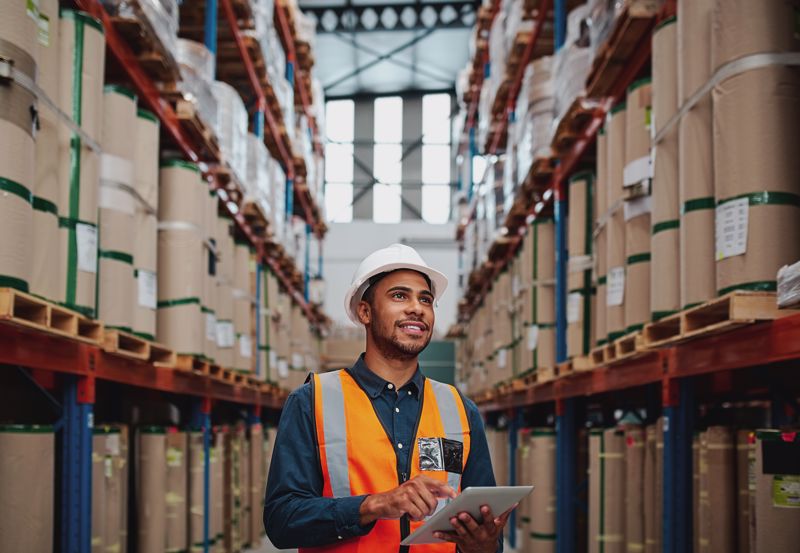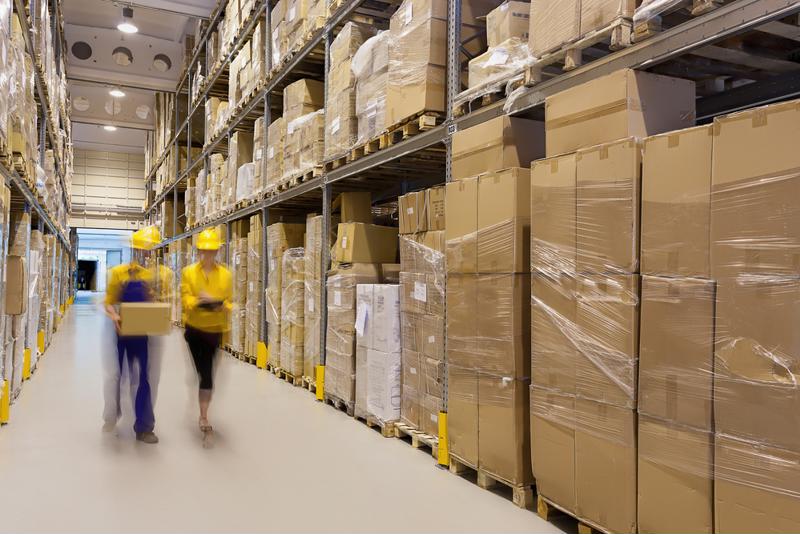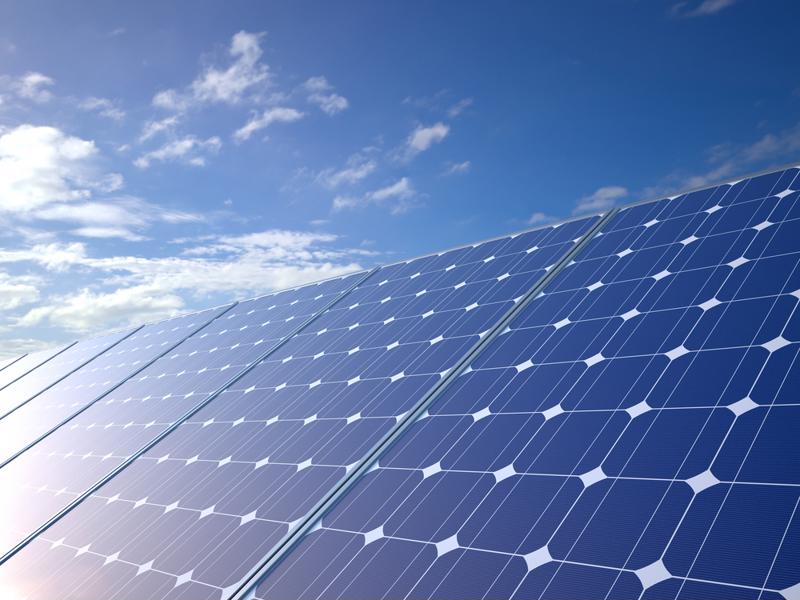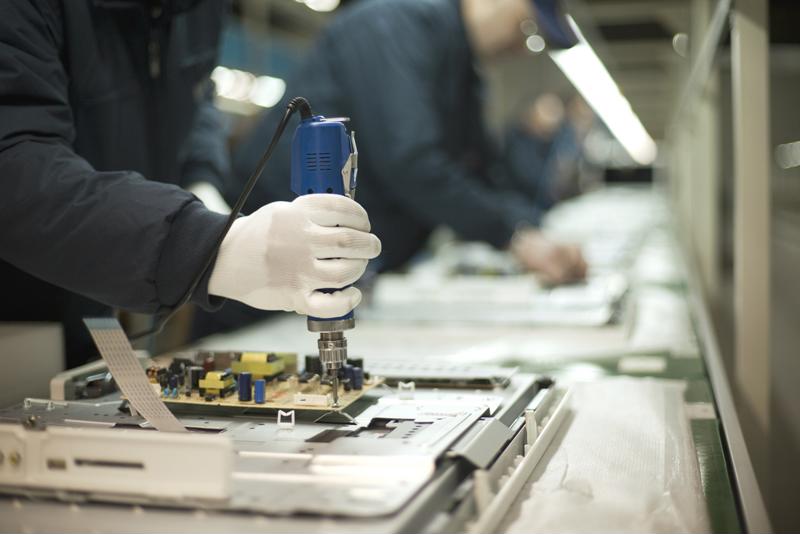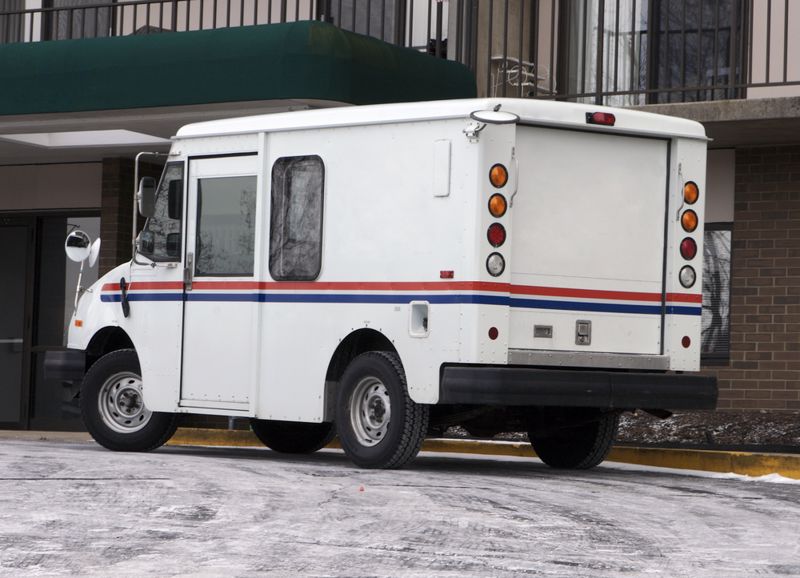Medical equipment has been in short supply since the start of the COVID-19 pandemic. However, even as the public health crisis subsides, supply chain uncertainties persist, leading some manufacturers to reconsider some of their long-standing supplier relationships.
US dependence on Chinese medical suppliers is overblown — but still real
The United States has long been dependent on China for a range of medical supplies and equipment. While the degree of dependency is sometimes exaggerated by pundits and commentators, U.S. medical facilities still import a significant volume of equipment from China, including medicines, personal protective equipment, testing kits and more.
One report from the U.S. International Trade Commission near the start of the pandemic found that among 203 medical product categories analyzed, China is the dominant source of imports for 32 of them.
Commenting on the report, the Cato Institute concluded that, "far from suffering some sort of major 'dependence' crisis … the United States generally imports essential medical goods from a diverse (and everchanging) group of foreign suppliers."

Slowdowns in China are concerning but limited in impact
Much of that is due to changes U.S. manufacturers and government officials implemented in the first days of the COVID-19 pandemic. As the virus swept through China and the Chinese leadership instituted strict lockdowns to combat its spread, U.S. officials worked to identify alternative suppliers and build stockpiles of key medical supplies.
Despite this diversification of medical suppliers, further COVID-19 outbreaks in China in 2022 and 2023 and the resulting manufacturing slowdowns have created shortages that individual facilities have found it difficult to address.
Officials are on guard, waiting to see how the measures taken at the start of the public health crisis will stand up to the latest closures.
"We're looking a lot for potential early warning signs in the medical supply chain for any kinds of disruptions," said one U.S. official to NBC News. "At this point, we haven't detected any current or likely disruptions, at least to the flow of drugs or devices or supplies of PPE (personal protective equipment) to the United States given what's going on in China."
Manufacturers might not be willing to wait and see
Still, official reassurances aside, some medical facilities might begin reconsidering their options, which could be a significant economic boon to China's neighbors and other suppliers.
Medical Design & Outsourcing identified Malaysia, Thailand, Vietnam, Costa Rica and Mexico as potential candidates before the pandemic, and manufacturers in other sectors are already considering moving operations to countries like India and Vietnam.
While it's yet to be seen if the latest COVID-related disruptions will lead to a complete rethink of the manufacturing relationship with China, those conversations are likely already taking place in boardrooms across the country.



